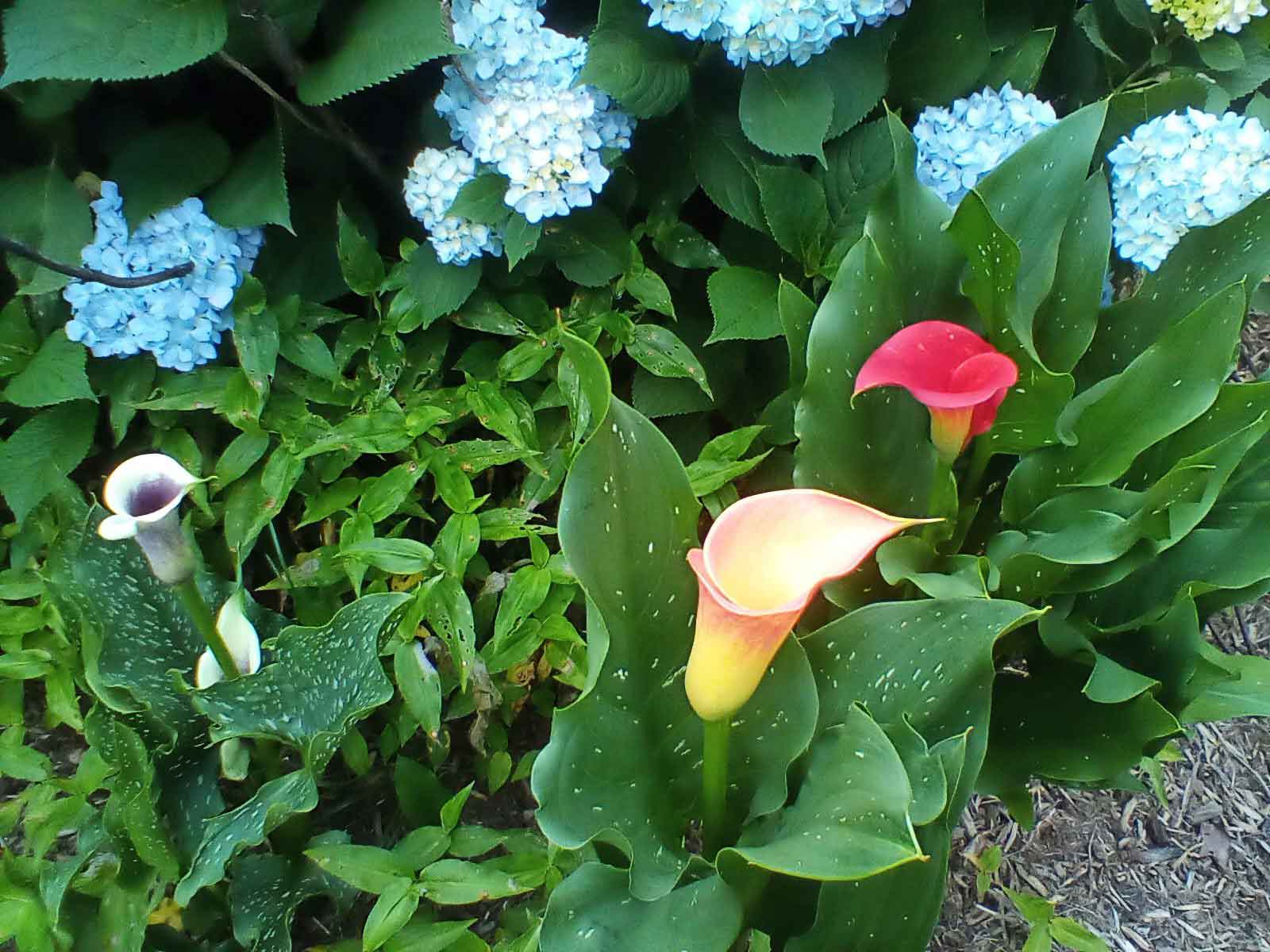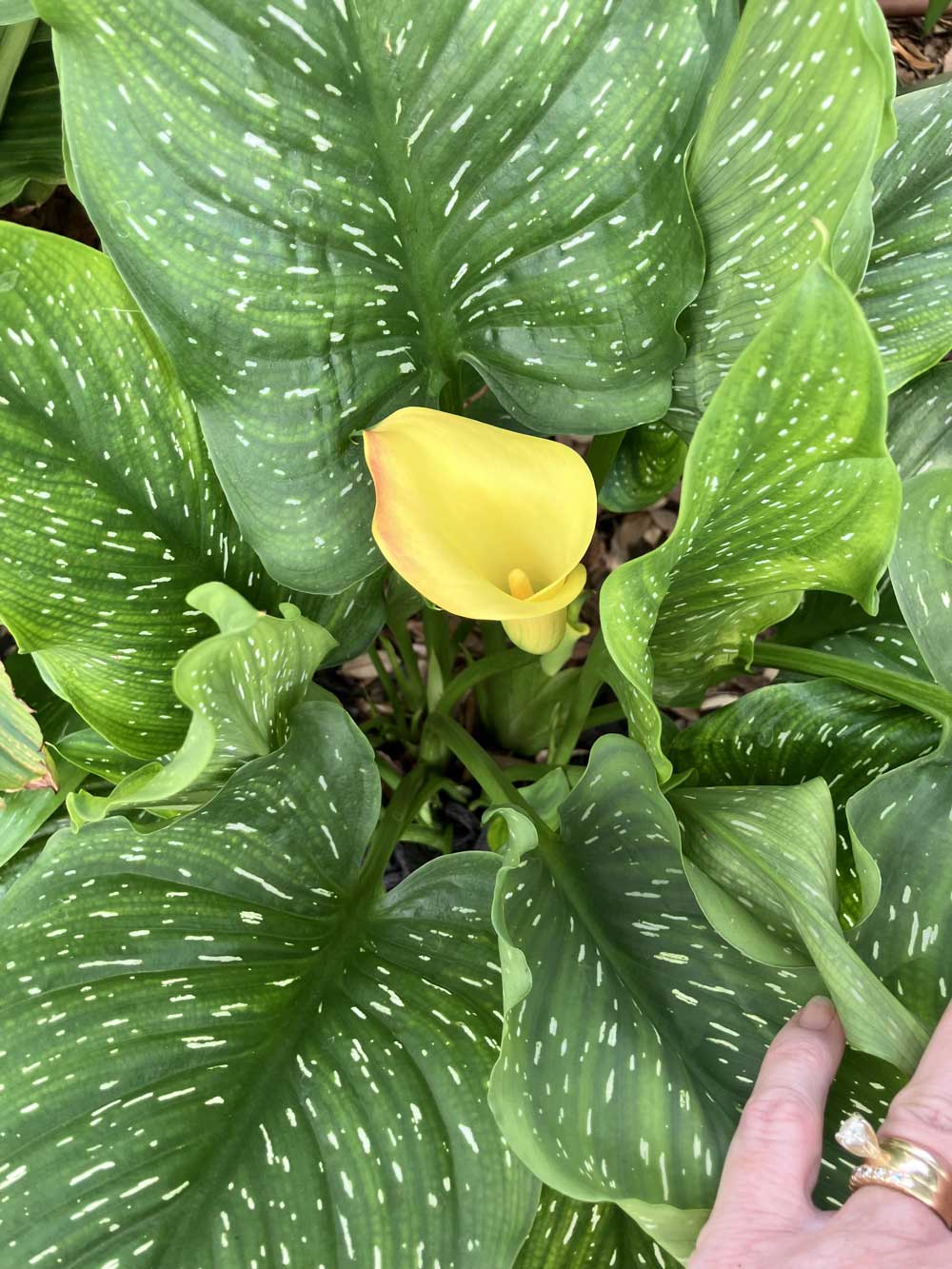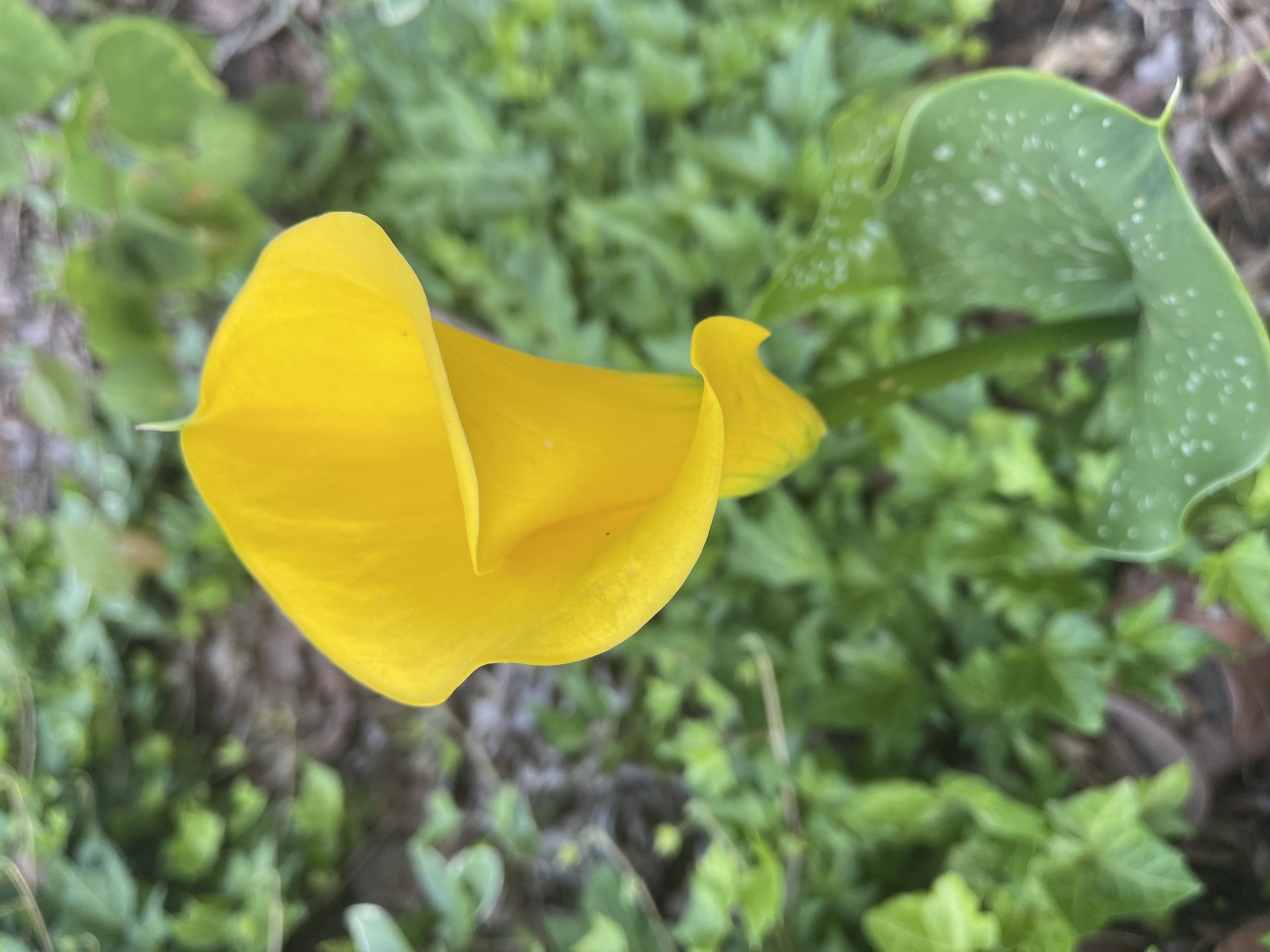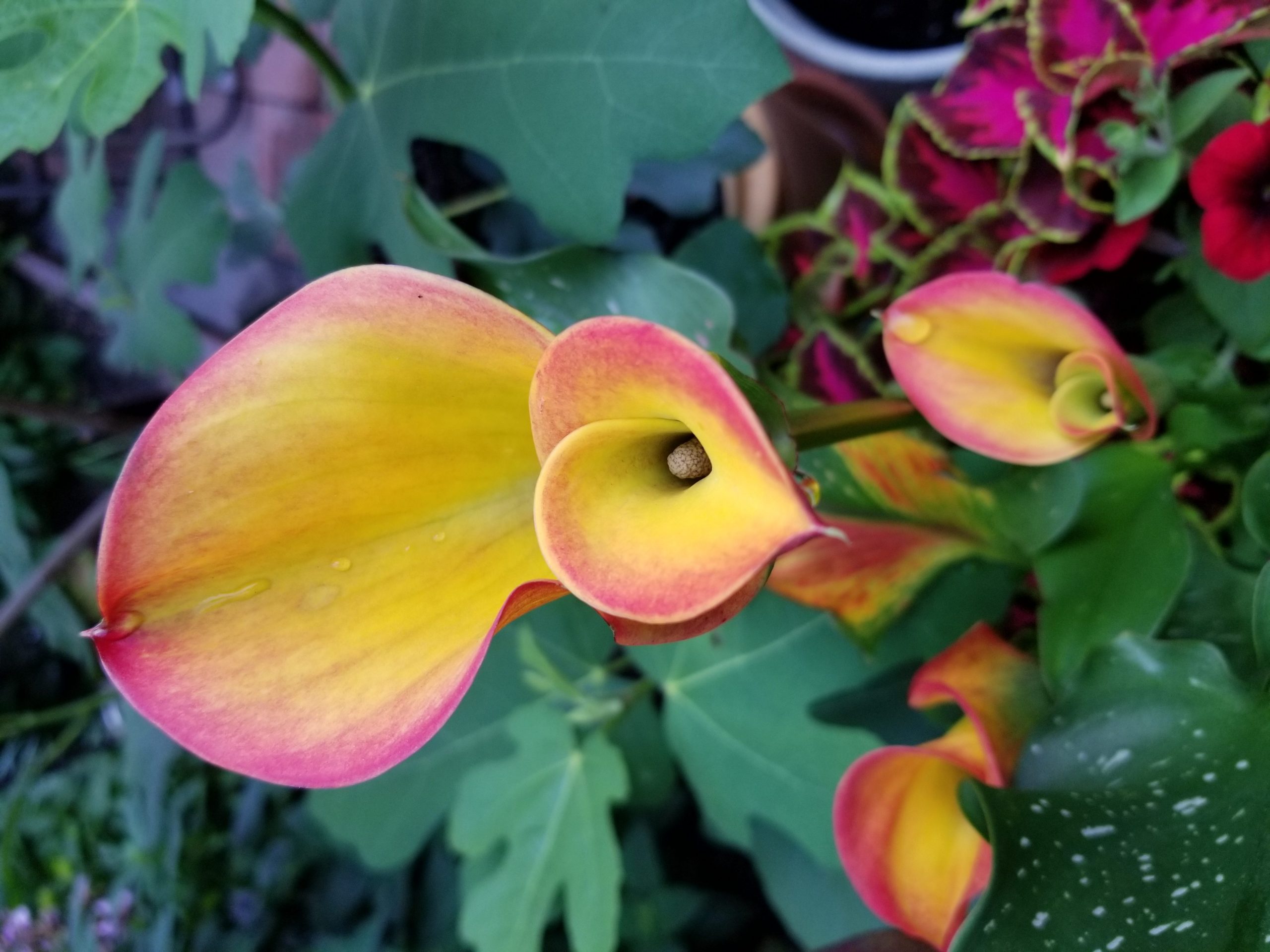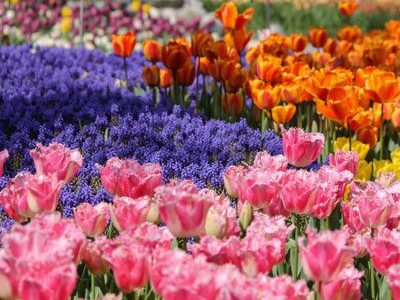When to Plant Calla Lily Bulbs
Although calla lilies are known as ‘spring bulbs,’ in tropical climates or USDA zones 8-10, calla lilies thrive outdoors year-round. They can be planted at any time! In other areas, they can be planted when temperatures rest higher than 55 degrees F (below 55 degrees, calla lilies stop growing). Just make sure that there is no danger of frost or of temperatures dropping below 55 degrees in the first 12 weeks after planting.
Where to Plant Calla Lily Bulbs
Plant the calla bulbs in full sun or partial shade (the partial shade location is best in warmer climates so as not to stress the delicate calla). When choosing a location for planting, it should be taken into consideration that calla lilies average between 1 and 3 feet high and have a diameter of approximately 1 to 1½ feet when fully grown.
How to Plant Calla Lily Bulbs
Before planting, it is important to properly prepare the soil; Adding mulch to the soil will help maintain a constant soil temperature. This will help keep the plant stress-free. Mulch will also improve the texture of the soil and help hold in valuable moisture. Calla lilies thrive in well-drained, loose soil. Once the soil has been prepared, they should be planted at a depth of approximately 2 inches with the developing foliage pointing upwards. Calla lilies need 1 to 1½ feet of growing space between each plant. After planting, thoroughly water the bulbs. It is important to keep the soil evenly moist but not soaked. Depending on the variety, soil temperature, and weather conditions, you can expect calla lilies to begin blooming within 60 to 90 days.
How to Care for Calla Lilies
The calla lilies as most other bulbs, spread by producing even more bulbs. These bulbs can be dug up, and replanted in another location. In tropical climates (zones 8-10), calla lilies can be left in the ground over winter without trouble. In other areas, lift the bulbs before the first frost, clean off excess soil, let dry out of the direct sun for a few days, then store in a dry location that remains between 50 and 60 degrees F. Re-plant in spring after the soil has warmed and all danger of frost has passed.


